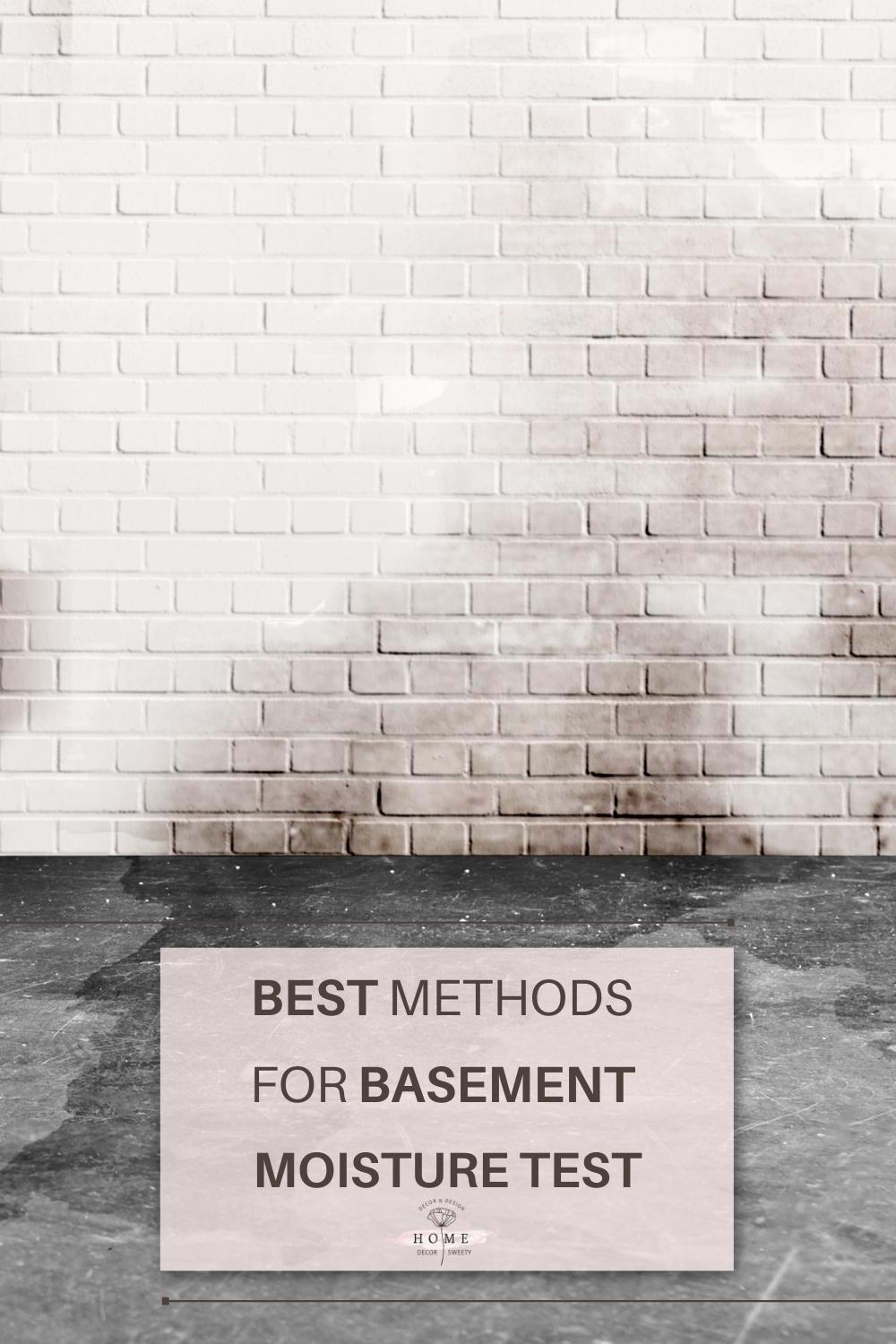Whether it refers to a screed or a freshly worked cement substrate, excessive residual moisture present in one of these two components of the “floor system” can compromise the functionality of the flooring. A partial or total detachment of the final coating is often attributed, in fact, to excessive moisture in the support layer.
Concrete moisture test
Why is my concrete always wet?
We often forget that concrete is born as a liquid, and only thanks to the calcification process do it become solid. Still, in its properties, it remains subject to moisture and all liquids in general. Suppose you want to know more about concrete’s scientific process and humidity. In that case, you can read the study of the University of Illinois (http://matse1.matse.illinois.edu/concrete/prin.html).
As you imagine having too much moisture or too wet concrete is a big problem, but we don’t always have to worry. In fact, you should know that as Kanare’s “Sources of Moisture” explains, if the surface of the slab is colder than the dew point of the surface above the slab, a moisture film of condensation is formed on the slab. This phenomenon is also found when hot and humid air flows in a building with very cool floors.
This situation of sweating of the concrete slab is very frequent in certain types of garages.
Even if this were your case, continuing with a concrete moisture test is good.
Why is my new concrete crumbling
The incorrect amount of water, cement, or sand inside our concrete is the main cause of crumbling, as reported by the University of Connecticut (https://crumblingconcrete.engr.uconn.edu/). In fact, we do not want the moisture present in the concrete to disappear completely. Still, we want it to be of the right amount because too much or too little can crumble our concrete floor.
How to do concrete moisture testing
We cannot coat our concrete if we have not first performed a moisture test.
Imagine having to finish a basement and find yourself with moisture leaks coming out of the floor after you have completed it… I don’t think you would like it.
There are three main types of concrete moisture tests: the plastic sheet method, calcium chloride, and relative humidity. Each of these tests has its own strengths and weaknesses, but all three can be used to measure the amount of moisture in a concrete slab.
Plastic sheet method
The plastic sheet test is a simple and inexpensive way to test for moisture in the concrete. To do the test, you will need a clear plastic sheet and some duct tape. Cut the plastic sheet into a square about 24 inches by 24 inches. Place the plastic sheet over a dry area of concrete and tape the edges of the sheet down with duct tape. Make sure the tape is pressed firmly against the sheet and concrete to create a moisture-tight seal. Wait for at least 48 hours, then check the plastic sheet. If moisture has beaded up on the top surface of the sheet, it indicates excess moisture in the air. If moisture is present on the underside of the sheet, it indicates that the concrete is expelling moisture. If the room is moist, you may need to dry it before retesting.
Calcium chloride test
Calcium chloride is the Standard Test Method for Measuring the Moisture Vapor Emission Rate of Concrete Subfloor. Using Anhydrous Calcium Chloride is a test that provides a quantifiable result. For this test, a calcium chloride disk is placed under a sealed plastic sheet and left to collect moisture vapor. After 24 hours, the disk is retrieved and weighed and compared to the disk’s pretest weight. This weight difference indicates how much moisture vapor has emerged from the slab in 24 hours.
Relative humidity test
The Relative Humidity Test for Determining Relative Humidity in Concrete Floor Slabs Using in situ Probes is a more recent test providing the most complete data. This method requires holes to be drilled into the concrete and a humidity probe inserted at 40 percent of its total depth. The quantitative result and the measurement within the middle of the slab make this test a more accurate and reliable way to measure MVT.
Flooring Tips
On the concrete floor of your basement, regardless of the choice of material, it is good to use an insulating layer between the base and the tiles.






